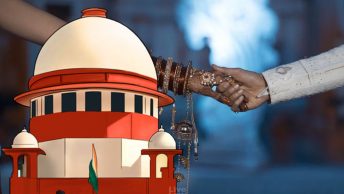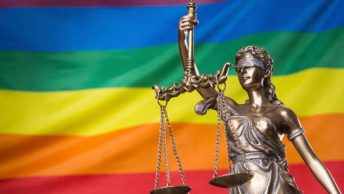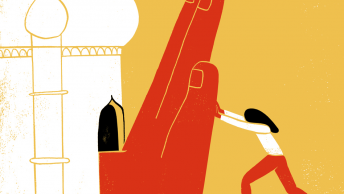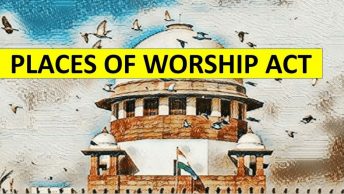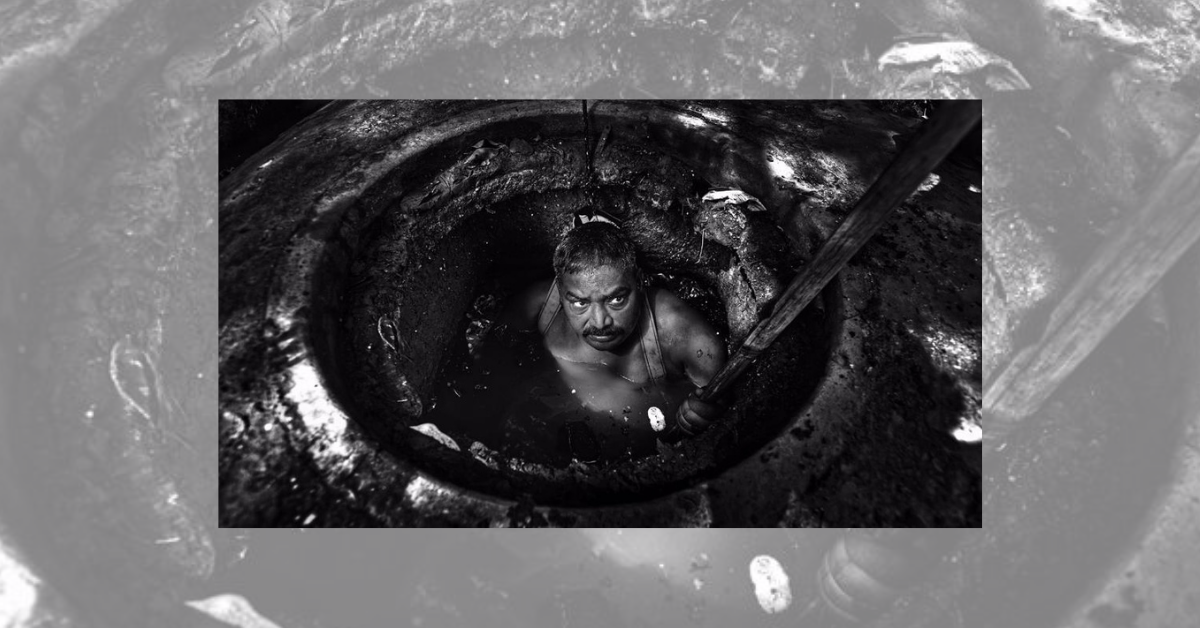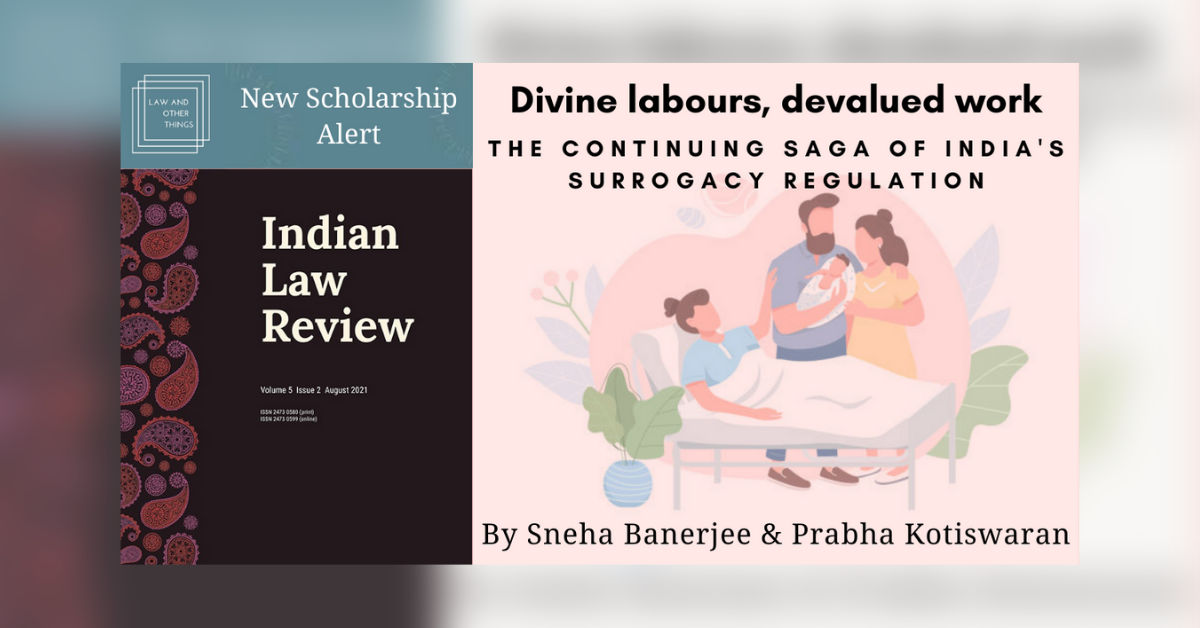Summary: The Article argues that mandatory requirements to publish a notice of any marriage under the Special Marriages Act, constitutes indirect discrimination against interfaith couples. In the...
The article examines the possibility of the Supreme Court of India legalising same-sex marriage. Through an analysis of the four legislations invoked by various petitioners: The Hindu Marriage Act...
In this two-part series, the author analyzes Justice D.Y. Chandrachud’s reasoning while tackling the challenge of Article 17 in the Sabarimala Temple Entry Case (“Sabarimala”). Chandrachud J. took a...
In this two-part series, the author analyzes Justice D.Y. Chandrachud’s reasoning while tackling the challenge of Article 17 in the Sabarimala Temple Entry Case (“Sabarimala”). Chandrachud J. took a...
Given the rise in disputes regarding Hindu and Islamic places of worship, this explainer analyzes the constitutionality of The Places of Worship Act, 1991. It unpacks the arguments related to the cut...
[As part of our New Scholarship section, we have been inviting discussants to respond to the public law-themed articles featured in Volume 5 the Indian Law Review. You can access all the posts in...
[Ed Note: As part of our New Scholarship section, we have been inviting discussants to respond to public law themed articles featured in Volume 5 the Indian Law Review. You can access the posts in...
[Ed Note: As part of our New Scholarship section, we have been inviting discussants to respond to public law themed articles featured in Volume 5 the Indian Law Review. You can access the posts in...
In this piece, the authors discuss the various hurdles that judicial spaces, both physical and virtual, present for persons with disabilities. They attempt to do so within the theoretical framework...
Ed Note: As part of our New Scholarship section, we have been inviting discussants to respond to the public law themed articles featured in Volume 5 of the Indian Law Review. You can access all the...

